How can transport operators minimise the cost of no-shows? …
What is the cost of NO-SHOWS when operating on-demand transportation services? …
This cost is generally determined by several factors, for example:
– Driver time and fuel costs: If drivers have been dispatched to pick up passengers who don’t show, it represents wasted time and fuel costs for the service provider.
– Administrative costs: Dealing with no-shows sometimes involves administrative tasks such as for example attempting to contact the passenger or driver.
– Lost revenue/opportunity cost: When passengers fails to show up for a ride they’ve booked, the service provider loses potential revenue for those trips.
How can transport operators minimise these costs?
… And simultaneously help decrease unnecessary emissions from vehicles?
A part of the answer is providing users – passengers and personnel managing bookings on behalf of others as for example school administration personnel – with apps and web portals where they can cancel unnecessary trips in a quick and seamless way.
Another part of the answer is efficient scheduling.
Voyagerr’s on-demand mobility scheduling ‘engine’ uses advanced analytics and predictive modeling that can help operators optimise scheduling and resource allocation …
This minimises the impact of no-shows on operations.






